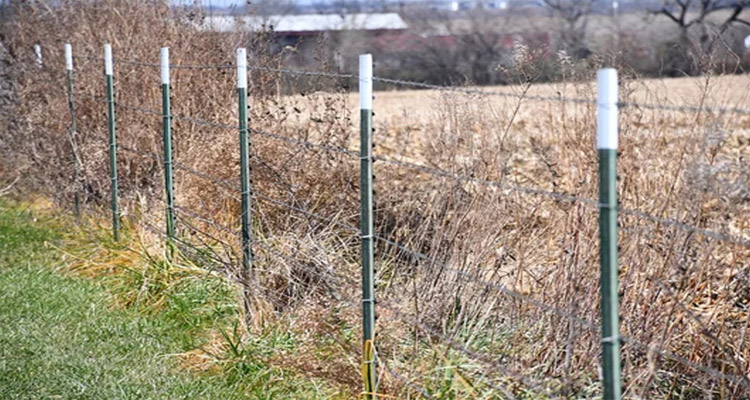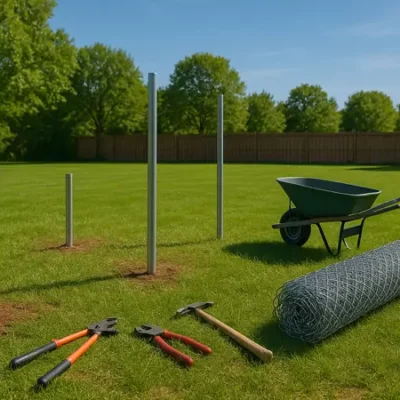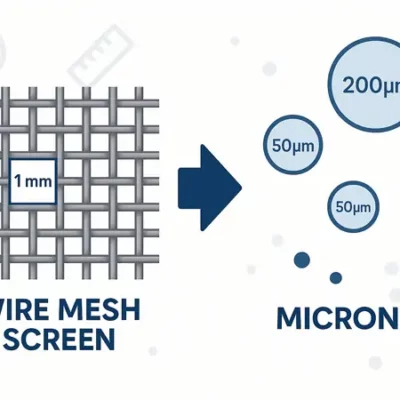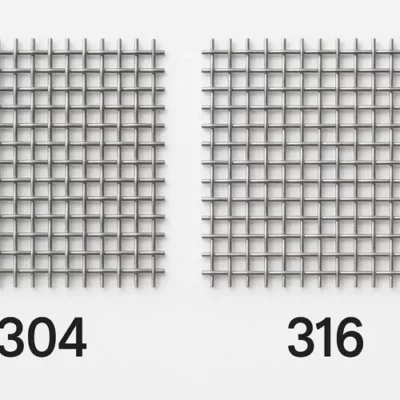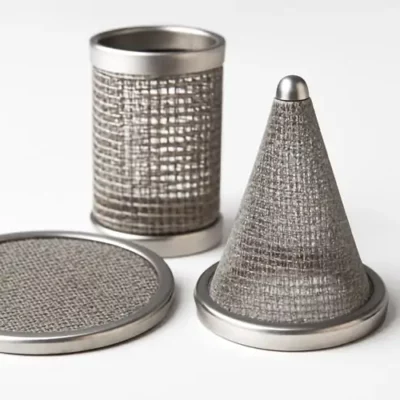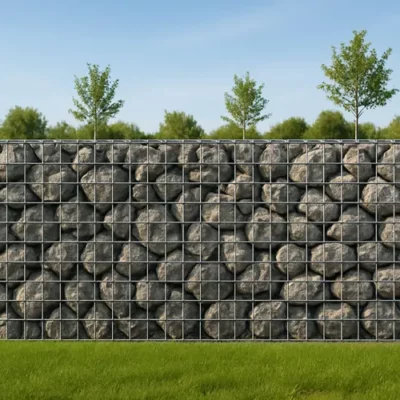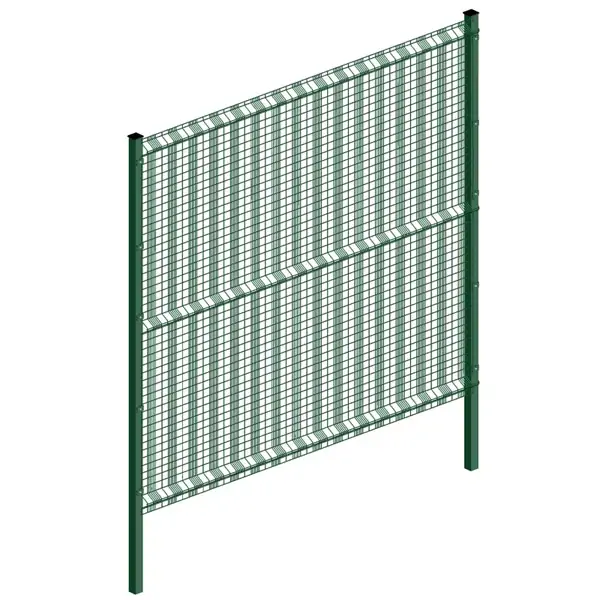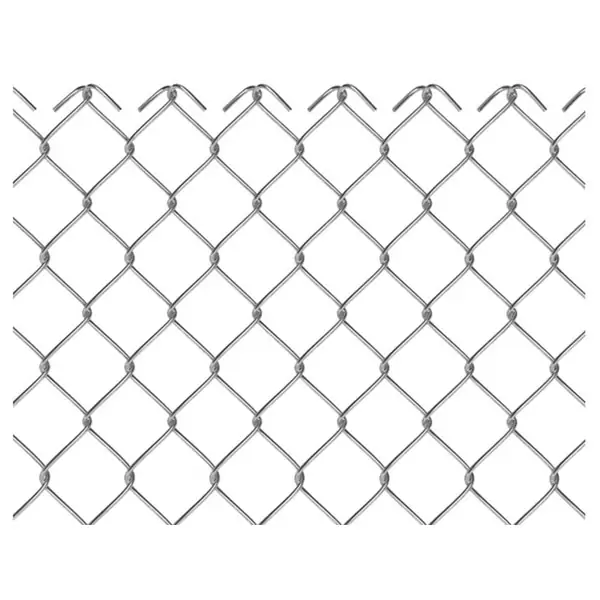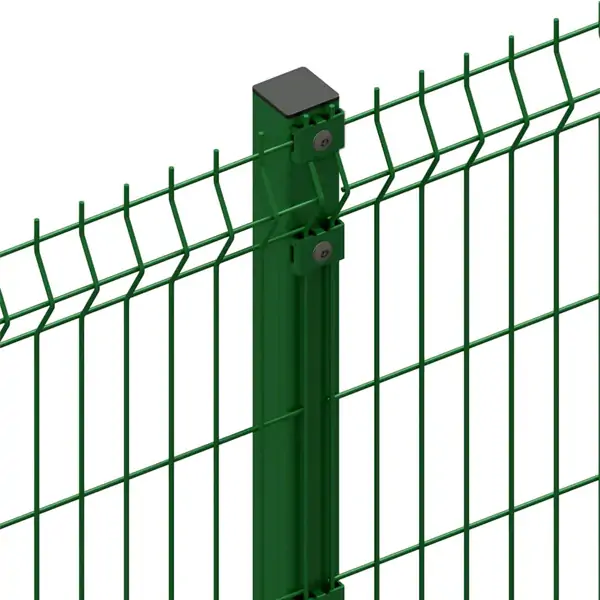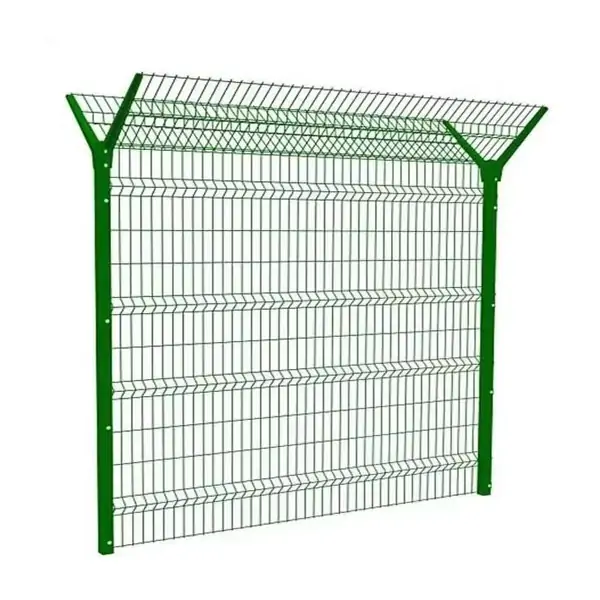Lors de la construction d'une clôture pour bétail, l'espacement des poteaux est un problème récurrent pour les éleveurs, notamment pour garantir sa stabilité et son efficacité. Le type de clôture, la topographie et l'usage prévu sont des facteurs déterminants pour l'espacement des poteaux de votre ferme. Ce guide vous propose des références précieuses pour vous aider à déterminer l'espacement approprié des poteaux de votre clôture.
Table des matières
ToggleType de clôture de ferme
Le type de clôture que vous prévoyez de construire influencera l'espacement des poteaux. Chaque clôture a ses propres besoins de support. Par exemple, si vous installez une clôture grillagée, une clôture de champ ou une clôture pour le bétail, les poteaux doivent être plus rapprochés afin d'éviter que le fil ne s'affaisse ou ne subisse des contraintes sous la pression des animaux. En revanche, si vous installez une clôture en planches, l'espacement entre les poteaux peut être plus important.
Topographie
La topographie du terrain joue un rôle essentiel dans la détermination de l'espacement des poteaux. Si le terrain de votre ferme est accidenté ou vallonné, vous devrez peut-être ajuster l'espacement des poteaux en conséquence. Dans les zones à forte pente, envisagez de rapprocher les poteaux pour préserver la stabilité de la clôture. De plus, dans les zones sujettes aux inondations ou aux fortes charges de vent, un espacement plus serré est recommandé pour un renforcement adéquat.
Hauteur de la clôture de la ferme
La hauteur de la clôture influence également l'espacement des poteaux. Les clôtures plus hautes nécessitent des poteaux plus fréquemment posés pour supporter le poids et résister aux vents violents. Par exemple : pour une clôture à bétail de cinq pieds de haut, il est recommandé de placer les poteaux à environ six à huit pieds de distance, tandis qu'une clôture à mailles losangées plus courte de trois pieds peut nécessiter des poteaux tous les dix à douze pieds.
Objectif de la clôture
L'usage prévu de la clôture déterminera également l'espacement des poteaux. Si la clôture est principalement destinée à contenir du bétail, un espacement plus serré entre les poteaux est nécessaire pour empêcher les animaux de s'y faufiler ou de l'endommager. En revanche, si la clôture est principalement décorative, un espacement plus large peut être envisagé pour des raisons esthétiques.
Matériaux et budget
Le type de matériau utilisé pour votre clôture et vos contraintes budgétaires peuvent également influencer l'espacement des poteaux. Si vous optez pour des matériaux plus coûteux, comme du bois traité sous pression ou des poteaux en acier, un espacement plus important peut contribuer à réduire les coûts. Cependant, il faut toujours trouver un équilibre entre les économies et la stabilité et la durabilité globales de la clôture.
Réglementations locales
Enfin, assurez-vous de vérifier la réglementation locale et les codes du bâtiment concernant la construction de clôtures. Certaines régions peuvent avoir des exigences spécifiques en matière d'espacement des poteaux. En suivant ces règles, vous éviterez d'éventuels problèmes.
En tenant compte de ces facteurs, vous pouvez garantir que votre clôture agricole vous offrira la fonctionnalité et la sécurité dont vous avez besoin pendant de nombreuses années. Pour toute question ou besoin d'autres produits de clôture, n'hésitez pas à nous contacter. Je vous souhaite une carrière prospère !

